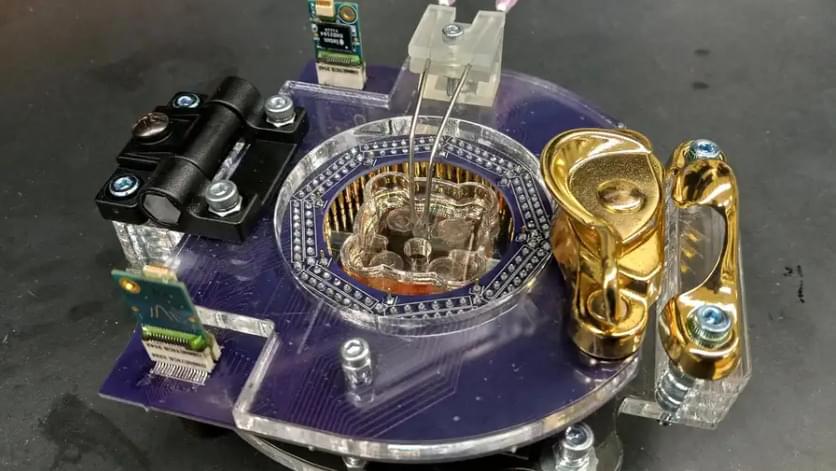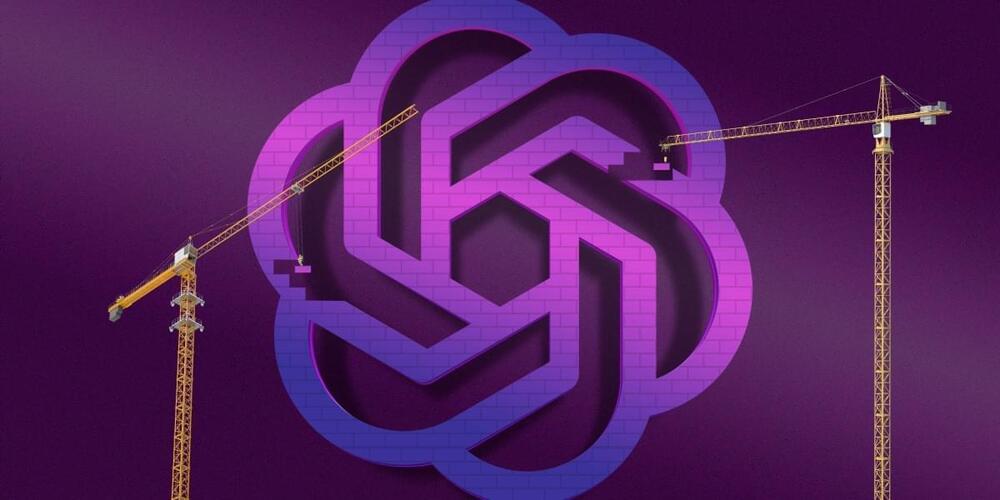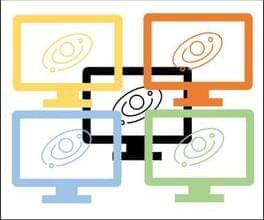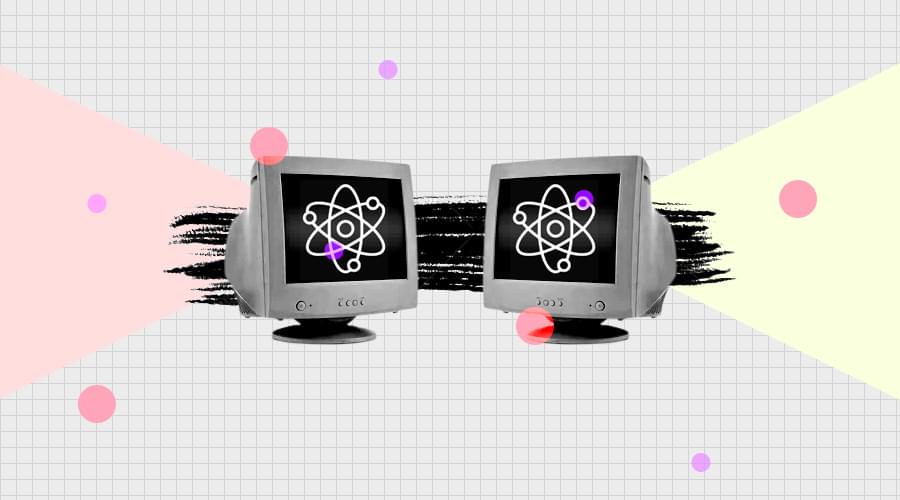Scientists in the US managed to put together a living computer by cultivating over 80,000 mouse stem cells (opens in new tab) (via IT Home) (opens in new tab). One day, the hope is to have a robot that uses living muscle tissue to sense and process information about its environment.
Researchers at the University of Illinois have used tens of thousands of living mouse brain cells to build a computer that can recognize patterns of light and electricity. The team presented their findings at the American Institute of Physics in the form of a computer about the size of your palm.









